As we approach winter, we can do a few things to help turf get ready for next spring. The following tips will enhance that energy storage, yielding a healthier and greener lawn next spring:
1. Mow Before Winter
Mow as needed, but don’t scalp your lawn. Too short mowing will stimulate foliage growth at the expense of root energy storage. Grass height should be maintained at about 2½ to 3 inches.
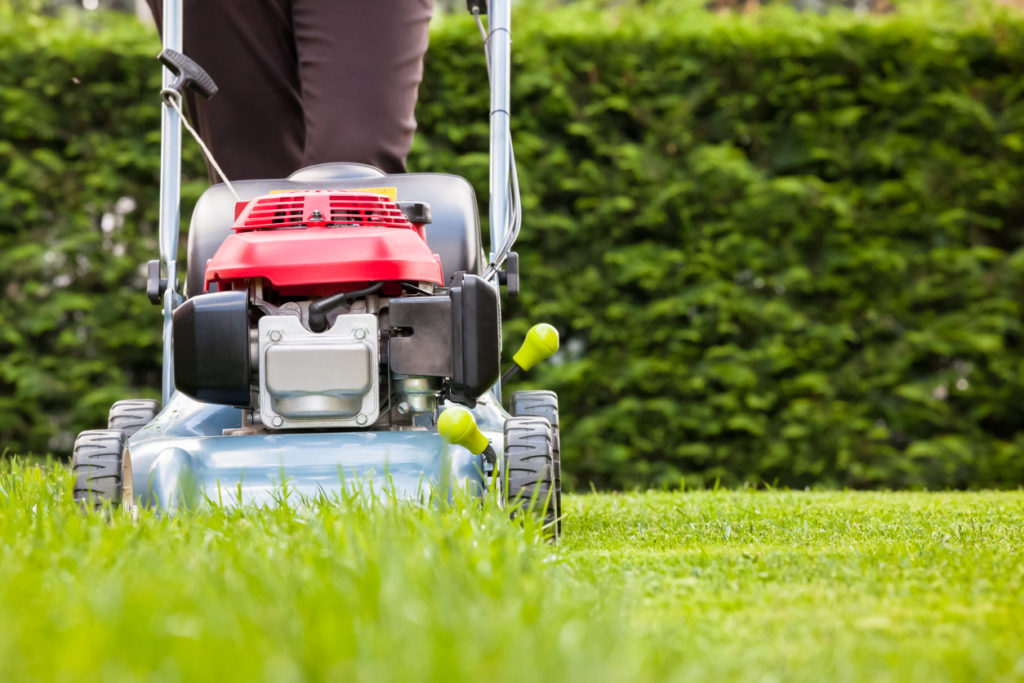
Photo Credit: stoncelli (iStock).
2. Get Rid of Weeds
Spot treat perennial lawn weeds such as dandelions. Use a product labeled for control of broadleaf weeds in turf. Apply while the weed is still green. Fall treatment of perennial weeds is more effective than spring treatments.
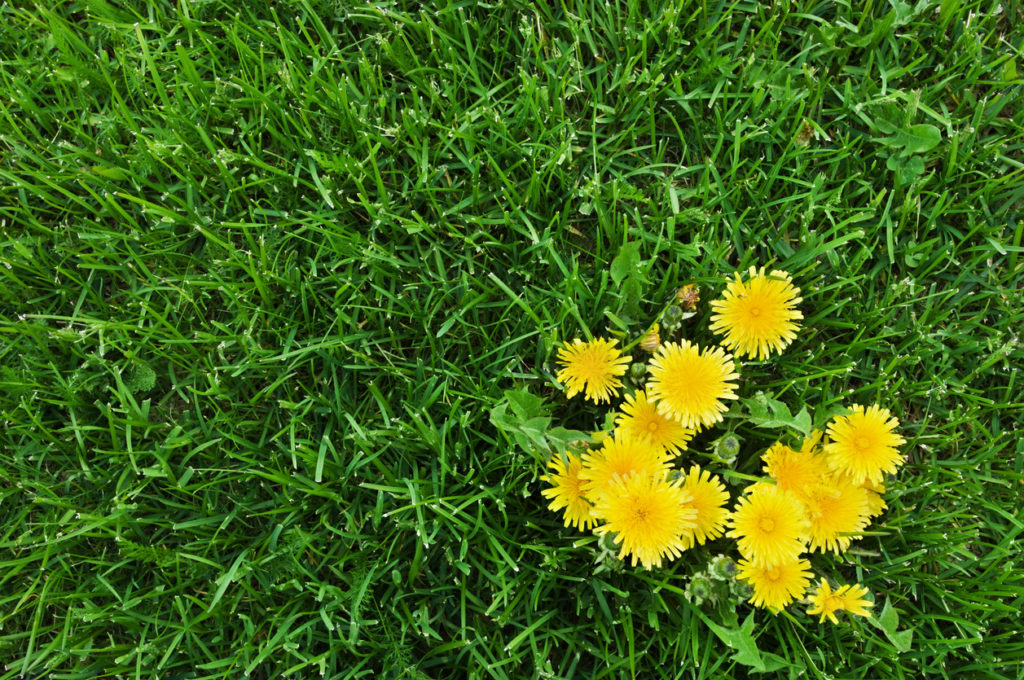
Photo Credit: Eerik (iStock).LAwn
3. Remove Fall Leaves
Leaves on your turf should be removed if they are more than a few inches deep. If they are not too thick, run them through a mulching lawn mower a couple of times. Finely shredded leaves will break down over the winter and benefit the lawn. You can mow and bag the leaves for use as mulch in gardens, or compost them.

Photo Credit: Denis Novolodskiy (iStock).
4. Winterize The Grass
Fertilize cool-season grasses, such as Kentucky Blue Grass, rye or fescue, in late September to mid-October. Choose a fertilizer with fast-release nitrogen. Fast-release nitrogen does not rely on soil microbes to make the nitrogen available to plants. Examples are urea or ammonium sulfate. Soil microbes slow their activity during cold weather, so use of a slow-release product, may make the late season application less effective. Apply when the ground is moist and before the ground freezes.
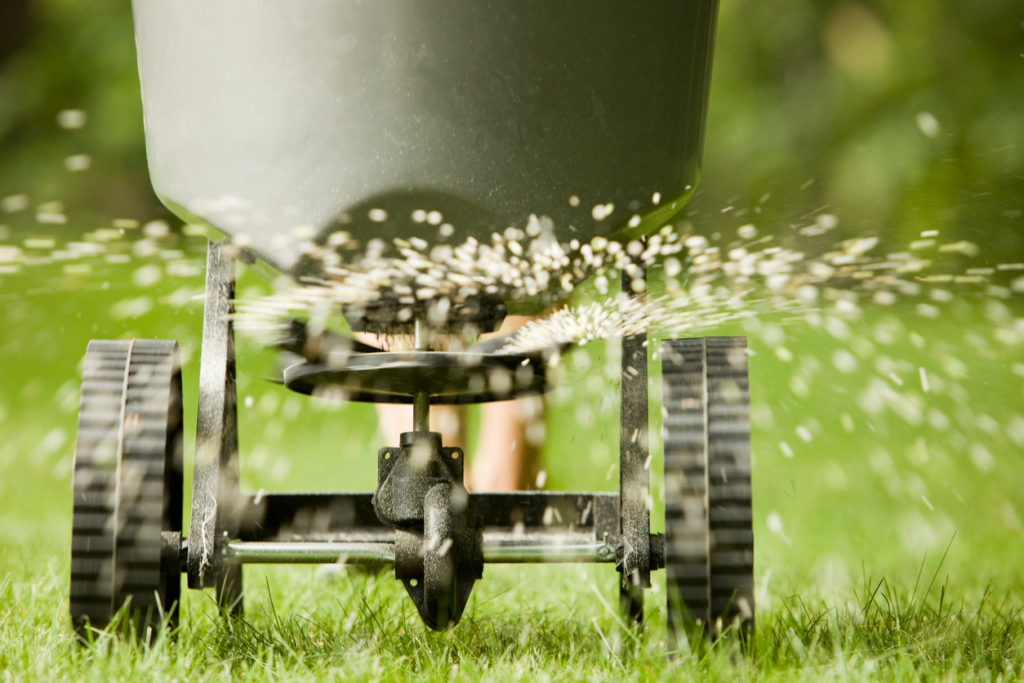
Photo Credit: BanksPhotos (iStock).
5. Water Your Lawn
Winter water, perhaps once a month. If you have trees in your lawn, this is especially important. Wait for a calm day with a temperature of at least 40 degrees in the middle of the day and no snow covering the ground. Apply water slowly. If the ground is frozen hard, you do not need to apply much water — just enough to dampen the soil. If it’s not frozen, then water enough that the soil is damp a few inches below the surface.
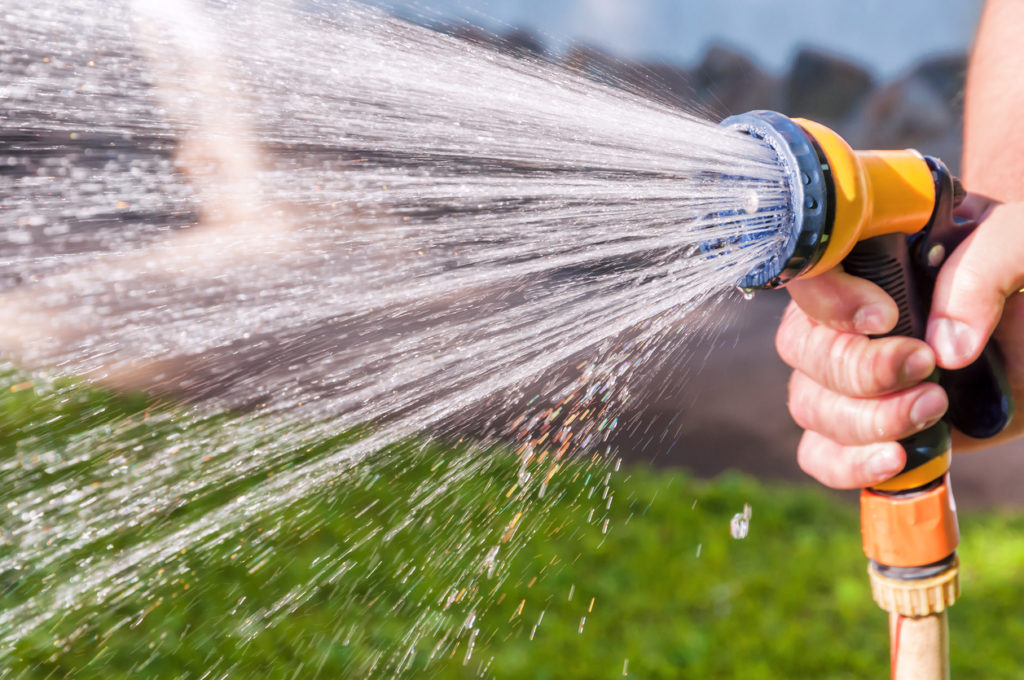
Care Photo Credit: vovashevchuk (iStock).
Then sit back and wait for that glorious spring green-up.
When you have questions, Colorado State University Extension has research-based answers. Get answers to your horticulture questions by visiting ask.extension.org or by calling a Colorado Master Gardener Volunteer at 520-7684, 9:00 to 12:00 Mondays and Wednesdays.
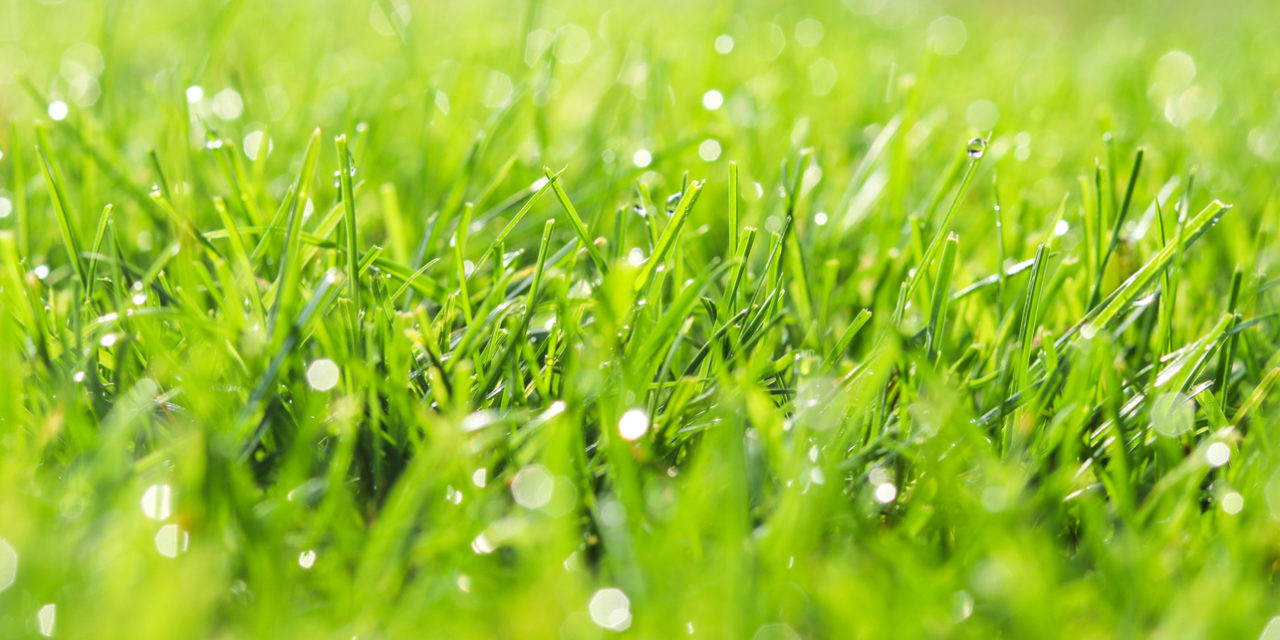 Photo Credit: Tetiana Soares (iStock).
Photo Credit: Tetiana Soares (iStock). 

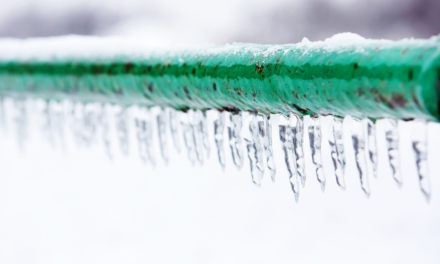

Comment on: 5 Ways To Get Your Yard Ready For Winter